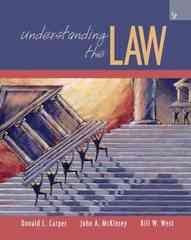Question
2. Suppose that the economy begins in long-run equilibrium: output is at potential and, as a result, inflation is steady. Now, suppose there is a
2. Suppose that the economy begins in long-run equilibrium: output is at potential and, as a result, inflation is steady. Now, suppose there is a permanent upward shift of the Federal Reserve's reaction function.
a. What does this change in the reaction function imply that the Fed will do to the real and nominal interest rates in the short run? Will this involve the Fed buying or selling government bonds?
b. What will be the short-run effect of the change on GDP?
c. Sketch how GDP returns to its potential level. (Hint: What will happen to
inflation after a while? How will the Federal Reserve respond to that?)
d. When Y is back to Y*, is inflation higher, lower, or the same as it was initially (or is it not possible to tell)?
e. When Y is back to Y*, is the real interest rate higher, lower, or the same as it was initially (or is it not possible to tell)?
Step by Step Solution
There are 3 Steps involved in it
Step: 1

Get Instant Access to Expert-Tailored Solutions
See step-by-step solutions with expert insights and AI powered tools for academic success
Step: 2

Step: 3

Ace Your Homework with AI
Get the answers you need in no time with our AI-driven, step-by-step assistance
Get Started


